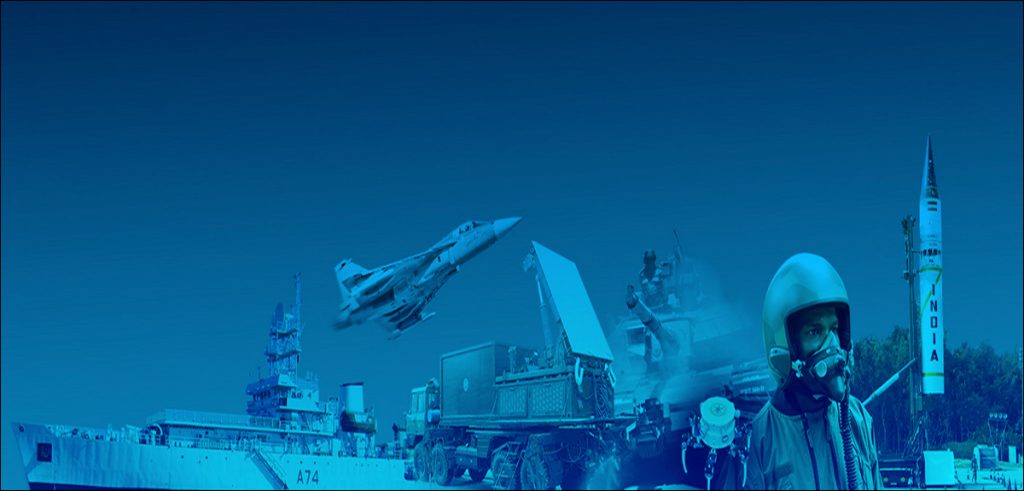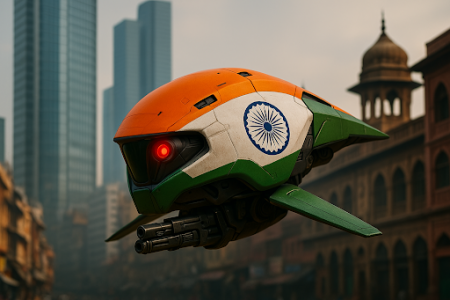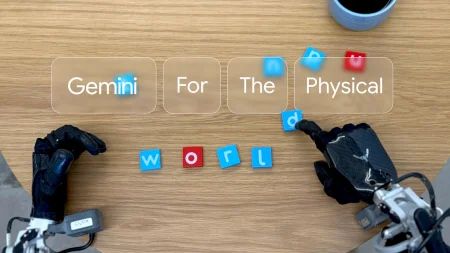The opportunities for the tech sector are manifold as India steps up the use of Artificial Intelligence in its armed forces but we must also be wary of potential misuse, writes Satyen K. Bordoloi
An infiltrator trained in a neighboring country reaches the border to re-enter India and finds no sentry. Just barb wires and cameras stuck on poles. He quietly cuts the wires and reaches his usual rendezvous point only to be welcomed by a large posse of army men.
The infiltrator wonders who tipped the forces because he hadn’t informed anyone of his plans. What he does not know is that while he was cutting the wire, the high-resolution camera with night vision sent his footage to an Artificial Intelligence (AI) system that ran face and gait recognition to identify him and send intel to the nearest army unit which dispatched soldiers to three of his most frequented places.
AI at the border
The above scenario is not science fiction but is happening in a good part of India’s over 4,200 kms border it shares with its two most important neighbors: China and Pakistan. Nearly 140 AI-based surveillance systems are keeping an eye on the border there.
India has a 776 km Line of Control (LoC) with Pakistan and 3,488 km long Line of Actual Control (LAC) with China. Neither are internationally recognized boundaries and act like a de facto and status-quo border. The LoC has seen hundreds of skirmishes including those in Siachen and one major war in 1999. The LAC has seen dozens of flare-ups post the 1962 war with both sides losing dozens of soldiers.
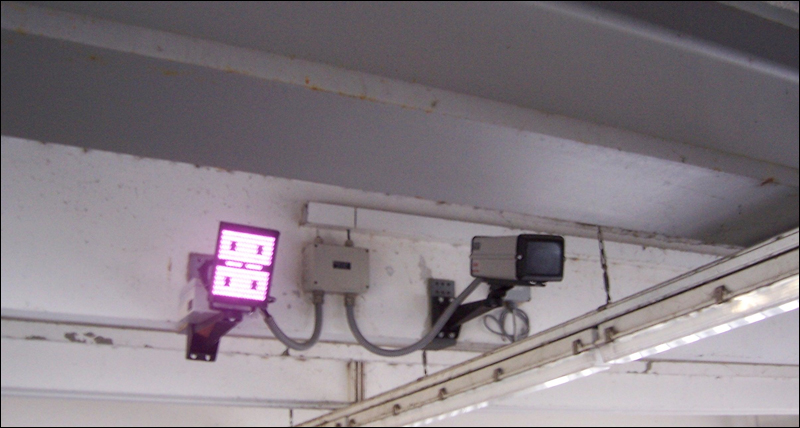
Thus, these nearly 4,264 km of the border represent a place of eternal conflict for India. Because it is disputed, it can’t be fenced. As it is long and passes through some of the most extreme terrains in the world, it’s not possible to man it effectively. Thus, there are glaring surveillance gaps which have been exploited by the enemy. The very reason for the Kargil war in 1999 was that Pakistan sneaked in soldiers and ammunition into posts emptied by India during the winter. That war cost India over 550 soldiers and more than three times that number were injured.
The idea is to fill these surveillance gaps. These AI systems use high-resolution cameras, sensors, feeds from radar and Unmanned Aerial Vehicles (UAV) aka drones, thermal cameras, electro-optical devices, motion detectors and satellite imagery, all of which are collated and run through artificial intelligence. These AI systems analyze, detect anomalies, and read border and drone camera footage to reach conclusions. Using various technologies including face recognition, it identifies and classifies targets and the threat they represent.
The Army has also put up “AI-based suspicious vehicle recognition systems” to identify any movement that does not fit into established patterns.
Boon for India’s tech sector
These developments are a part of the government’s efforts to increase the use of AI in the defence sector. In 2018, N Chandrasekaran, Chairman – Tata Sons, submitted a report on the same to the Ministry of Defence that led to the creation of DAIC – Defence Artificial Intelligence Council with the Defence Minister as its Chairman and includes Chiefs of the three services, Secretary of Defence, Defence Production, DRDO and representatives from India’s tech sector and academia.
This council is expected to meet twice a year to give direction towards the uses of AI in defence, address issues, enable partnership with industry, advise on technology acquisition, review ethical, safety and privacy-focused use and work on policy with government, institutions and industry.
A Defence AI Project Agency (DAIPA) has also been created to enable AI-based processes in defence organizations. Another development has been the Indian army setting up an AI Lab at the Military College of Telecommunication Engineering at Mhow to conduct extensive testing of AI-based products before production and deployment.
DRDO, Defence Research and Development Organization, also has CAIR – the Centre for Artificial Intelligence and Robotics with about 150 scientists working on Command, Control, Communication, and Intelligence (C3I) systems, AI in Robotics, Networking and Communications secrecy, etc. They have already made a family of robots to be used for surveillance, reconnaissance, and even low-intensity conflicts.
The collaboration between the forces, academia and industry is a welcome move for historical reasons. Most of the developments in technology in the world have come from projects funded by the armed forces. In the US, DARPA – Defence Advanced Research Projects Agency – has been responsible for creating or funding the creation of many of the technologies that have revolutionized the modern world including the internet, GPS, many space technologies, robotics, drones, etc.
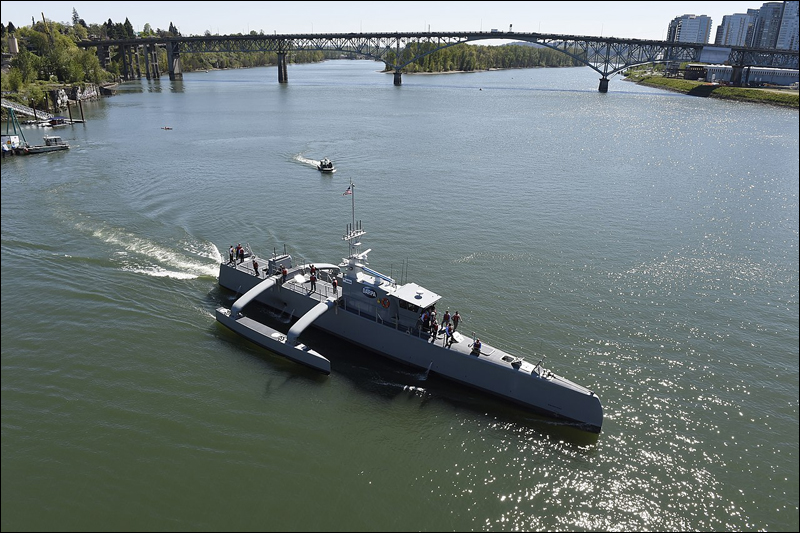
Even today, it is no secret that one of the biggest customers of Silicon Valley, is the US armed forces.
Thus, this collaboration with the Indian defence sector could be an unexpected boon for our IT and tech industries, giving them not just a new, long-lasting customer base and thus earning, but also the means to use the resources owned by the forces, to research, test and deliver newer products which like those made by DARPA, could one day find extensive civilian use.
This has also become a necessity because today advances in AI and robotics are being employed by many of the world’s nations including one on India’s border – China, towards creating technologies for offence. Using the same for defence has gone beyond being a choice now.
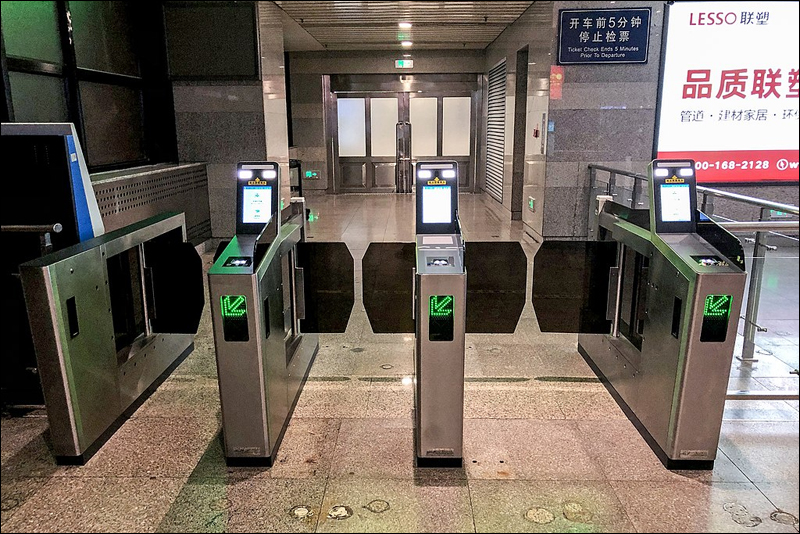
However, one must remember that many of these technologies can easily be turned inwards, to keep a watch and control a nation’s own citizens. The important thing then is not to allow the unfettered growth of this tech, but to ensure checks and balances at every step.
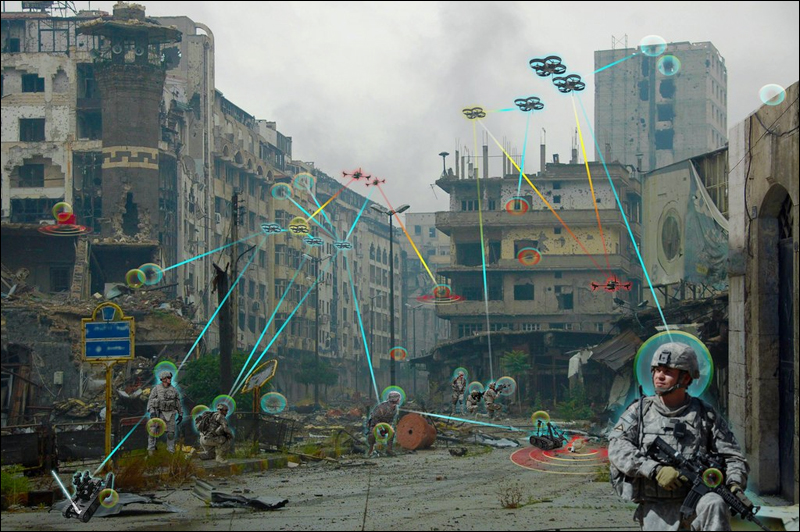
When it comes to the use of AI and AI-based robotics in both defence and offence, we must equate it with nuclear power. The world came together to curb its misuse. It is time the world came together to prevent the misuse of AI in the defence sector as well.
In case you missed:
- AIoT Explained: The Intersection of AI and the Internet of Things
- When AI Meets Metal: How the Marriage of AI & Robotics Will Change the World
- Rethinking AI Research: Shifting Focus Towards Human-Level Intelligence
- Rise of Generative AI in India: Trends & Opportunities
- 9 new ways to power data centers: the unthinkable to the absurd
- Rise of the Robolympics: When R2-D2 Meets Rocky Balboa
- Bots to Robots: Google’s Quest to Give AI a Body (and Maybe a Sense of Humour)
- Unbelievable: How China’s Outsmarting US Chip Ban to Dominate AI
- Copy Of A Copy: Content Generated By AI, Threat To AI Itself
- Apple Intelligence – Steve Jobs’ Company Finally Bites the AI Apple



